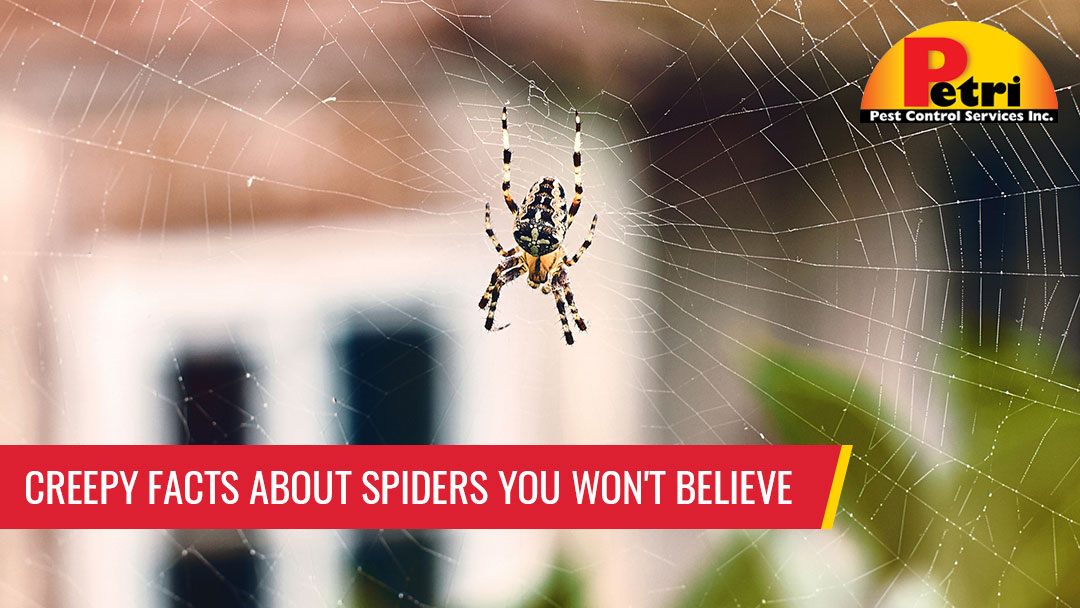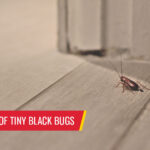
While spiders, generally speaking, are pretty interesting with their abilities to spin webs, creating their own homes as well as a lair for their unsuspecting prey, humans, on the whole, perceive these eight-legged animals as creepy and something to fear. Sure, if a tarantula appears in your kitchen, just as you are hauling an armful of dinner plates to the sink, it probably won’t turn out well. Also, if you hear a scratching sound on your bedroom wall and turn to see a tarantula making its way down that wall, you probably won’t sleep well that night. But, don’t worry, tarantulas are known to be shy and non-aggressive unless directly threatened. Some, however, can jump 20 feet vertically, but those live in South American jungles.
Nonetheless, humans seem to be hard-wired to fear spiders. In a Frontiers in Psychology study, infants reacted to spiders and snakes more than they did other animals, concluding that “our results support the notion of an evolved mechanism that is sensitive to spiders and snakes.” The study went on to say, “Six-month-old infants react with increased physiological arousal to these ancestral threats compared to non-threatening control stimuli.” This instinctive awareness of a threat is linked to our survival skills. Because spiders are not like us, with eight long skittering legs, fangs, and protruding eyes, our psyches prepare for a fight or flight response when we encounter spiders.
As if some people weren’t already terrified of spiders, Hollywood delights in such movies as
Arachnophobia. Further feeding this fear, Hollywood has been more than happy to serve up monsters and giant spiders, spawn by atomic experiments gone bad. Did you know the largest spider in the real world, discovered in Laos in 2001, the giant huntsman spider measures leg tip to leg tip, 12 inches across, with the longest leg span of any modern spider? Like other huntsman spiders, the dinner plate-sized giant huntsman doesn’t build webs but actively tracks down the insects to eat. While the giant huntsman spider has the longest leg span, the Goliath birdeater tarantula outweighs it at a whopping 6 ounces – the heaviest spider alive today.
Spiders are essential for eliminating bugs in your home
However, for the most part, spiders are small – tiny even – and generally come inside your home because that’s where they can find insects to eat. In fact, in a study published in The Science of Nature, researchers estimated that “our spider friends gobble up 400 to 800 million tons of insects and other small prey every single year.” If spiders weren’t everywhere (except Antarctica) the planet would be literally crawling with insects. Now, that’s creepy. But, how did spiders get connected with Halloween and other creepy things, such as bats and rats, tombs, catacombs, and haunted houses?
Spiders were revered in ancient history
Throughout history, in many cultures, spiders have been typically associated with good luck, world creation, and healing. In Greek mythology, the mortal Arachne displayed great weaving talents, studying under the goddess Athena. When her pride got the best of her in a work that displeased Athena, Arachne hanged herself, only to be granted immortality by Athena, who turned her into a spider who would weave beautiful art for all time. Hence, the origin of the word arachnid. In other cultures, a spider was thought to create the earth, sitting at the center of her web. Also, in antiquity, spiders were thought to have mystical powers due to their ability to spin webs so they came to be associated with magic and witchcraft. However, it wasn’t until the Middle or Dark Ages that spiders began to take on a more insidious nature, through pagan lore and legend that closely connected spiders with witches.
Halloween and witchcraft
During the Medieval period, if someone saw a spider on Hallows Eve, it was thought to be the spirit of a dead loved one watching over them. Some believed that if a spider fell into a candle flame, witches were surely nearby. As to connecting spiders with Halloween, Hollywood has done its part to endow cemeteries, dungeons, catacombs, and haunted houses with thick spider webs. Actually, some spiders, such as recluse and widow spiders do like to live in dark, undisturbed places. So, although the three North American black widow species produce a neurotoxin that can be fatal to humans and brown recluses contain a rare toxin called sphingomyelinase D that can destroy skin tissues, these spiders would rather hide than attack people. In fact, black widows sometimes withhold their venom for prey rather than waste it on a human.
Timing is important
In the fall, around Halloween, the weather starts to turn cooler and spiders follow other insects into your home looking for food, shelter, and water. Originally established around the Celtic holiday, Samhain, marking the changing of the seasons from summer to fall, Halloween colors were typically orange (representing fall colors) and black (representing the death of summer). Samhain celebrations – said to be the thinnest barrier between the living world and the spirit world – involved a lot of black, also. In the Halloween spirit, some male spiders present insects wrapped in silk to their potential mates, as a treat, possibly in hopes of avoiding their mates eating them after mating.
Some truly terrifying spiders
While the US hosts tarantulas, brown recluse spiders, several types of widow spiders, and jumping spiders, other parts of the world are home to some really large and scary spiders.
-
- Zebra spider
Found in Europe, Northern Asia, and North America, the Zebra spider can jump about 20 times their own 5-7mm length, which is about 14cm.
- Zebra spider
-
- Tarantula wolf spider
Amazing hunters with excellent eyesight, tarantula wolf spiders can grow up to 3cm and are found mostly in southern Europe, especially in Italy. Using camouflage to stalk their prey on the ground, tarantula wolf spiders don’t usually attack humans, but when they do, their bite is about as painful as a bee sting.
- Tarantula wolf spider
-
- Brazilian wandering spider
With a body length of about 3-5cm and a leg span of 12-15cm, these spiders don’t catch prey in webs; they ambush their prey on the ground. Fast, highly venomous, and aggressive, Brazilian wandering spiders, unlike most other spiders, won’t run when threatened. In parts of Brazil, 60% of all spider bites are caused by this P. nigriventer. Also, these spiders are packing some lethal venom, so be sure to stay clear of them.
- Brazilian wandering spider
-
- Sydney funnel-web spider
Located within 160km around Sydney, Australia, the infamous Sydney funnel web-spider can have a body length of 35mm. Aggressive and venomous, adult males sport strong fangs and unlike most spiders are more likely to bite humans. Known as the deadliest spider on the planet, juvenile and female spiders are far less toxic than males.
- Sydney funnel-web spider
While house spiders are good at keeping the insect numbers down in your home; too many spider webs in your house can give your home a permanent Halloween effect. Unsightliness aside, too many spiders indicate issues with other pests that spiders prey upon. If you suspect you have pest activity and want it handled by professionals in Palm Beach County or Broward County, contact Petri Pest Control Services for a free pest inspection.
Creepy Facts About Spiders You Won’t Believe in Pompano Beach
Pest Control in Pompano Beach and Boynton Beach


